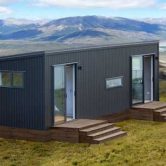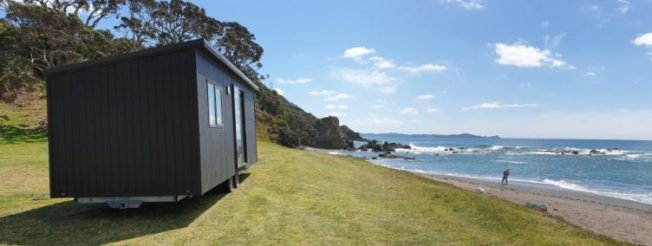Who We Serve
“Mobile homes do not commit land. They solve today’s problems today and can be re-deployed when need passes leaving only bare land for future use”
These groups include
- Communities losing essential workers
- Young people in overcrowded flats
- Parents of debt-ridden former students
- Hidden Homeless in cars, tents, garages
- Elders needing additional supervision
- First-time buyers can’t afford a building
- Homesteaders self-building on their land
- Millennial nomads trying a tiny lifestyle
- Collective millennials creating pod villages
- Tangata whenua rebuilding their kāinga
- Urban Māori wanting an urban kāinga
- MSE Local beneficiary housing
- WINZ: Beneficiary housing on aroha land
- Homeless: NGO, church, iwi sponsored
- Ex-prisoner halfway house in popup village
- Natural disaster emergency housing
- Natural disaster worker housing
- Home Offices for working at home
- Pop-up shops and services
- Outdoor experience tourism operators
- Airbnb & online rental accommodation
- Seasonal-business worker housing


Instant housing as needed
The homes that do not commit the land
In property law, there is a Latin phrase: Quicquid plantatur solo, solo credit (whatever is attached to the soil becomes part of it) that defines a building. By definition all buildings are fixed to land, not only becoming part of the land in fact, but in law. This is why the Building Act requires they are certified by a producer or licensed architect/engineer to last no less than 50 years. As such, buildings commit the land. Prime agricultural land, for example, that is subdivided into lots upon which buildings are constructed is unlikely to ever revert to food growing.
But not all homes are buildings. Mobile homes that are not fixed to land but are on wheels or on skids, designed to be removed intact when the need passes are parked on land not annexed to it. 50 of them can be placed on a low-grade paddock using, say a 15-year license to occupy to create a pop-up village, or one can be placed in the backyard of a single-family home when the family needs extra space.
Sometimes the need is due to affordability. Affordable housing in NZ is out of reach for four out of five renters according to an MBIE study (link). Other times it is due to a need for supervision – especially an elder who their kids want them nearby but still autonomous. The need is not permanent. In the case of affordability, the low cost allows one to build equity. In the case of supervision, infirmity or death means the unit is no longer needed. Whatever the reason, when the need passes, the unit can be towed away, leaving nothing more than bare ground.